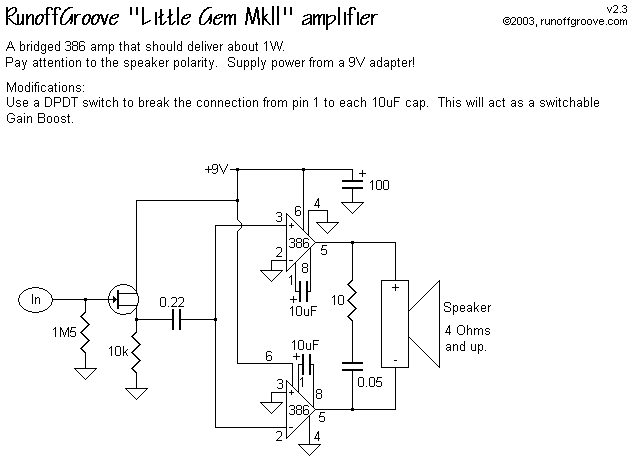pne
Headphoneus Supremus
- Joined
- Sep 13, 2004
- Posts
- 2,571
- Likes
- 14

Just a really basic question, I'm trying to build this circuit and some of the cap values are not labelled. Am I to assume these are in microfarads? Also, the diagram shows a FET which I'm not entire sure how to hook up. Can anyone shine a light on this? Lastly this is my first attempt at a bridged amp, it looks like the input is going into pin 2 of the first opamp and pin 3 of the second. Is this correct?

